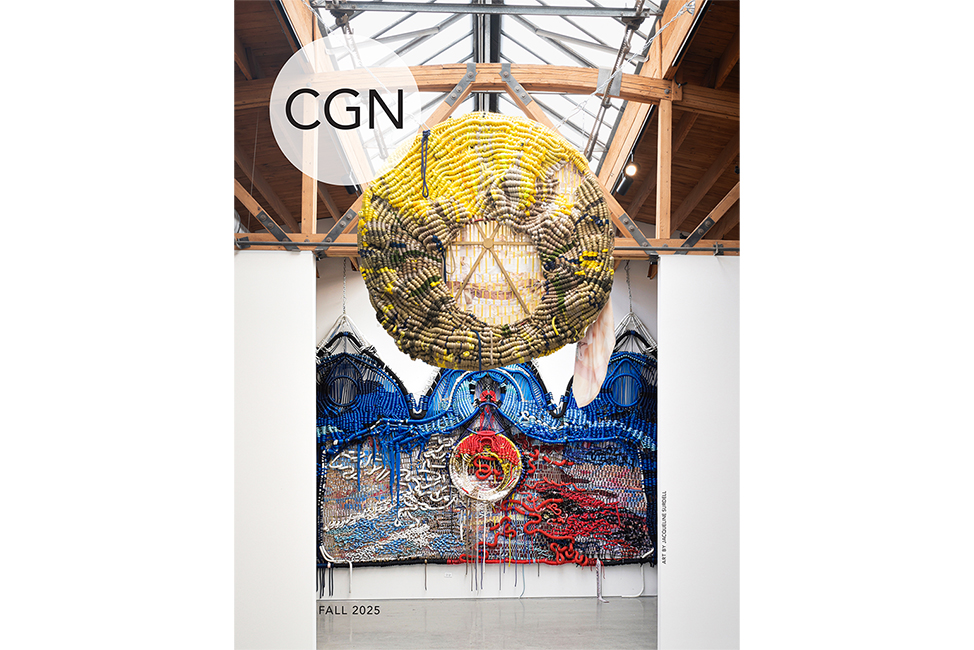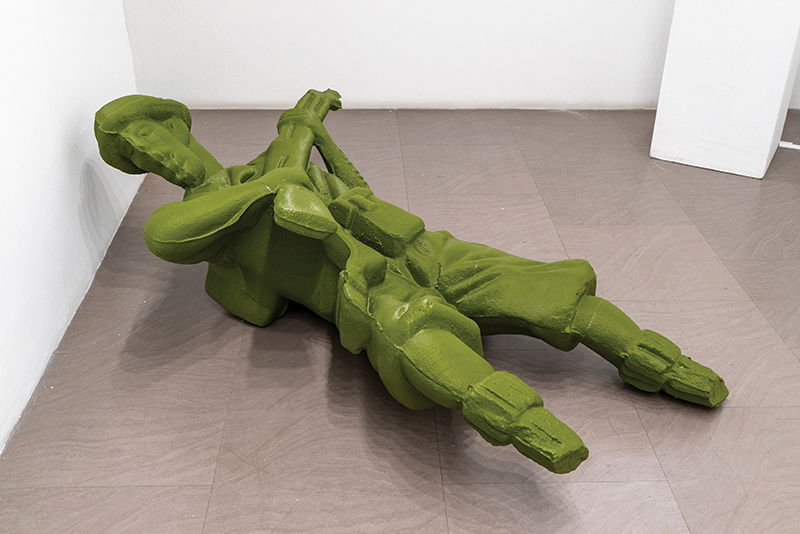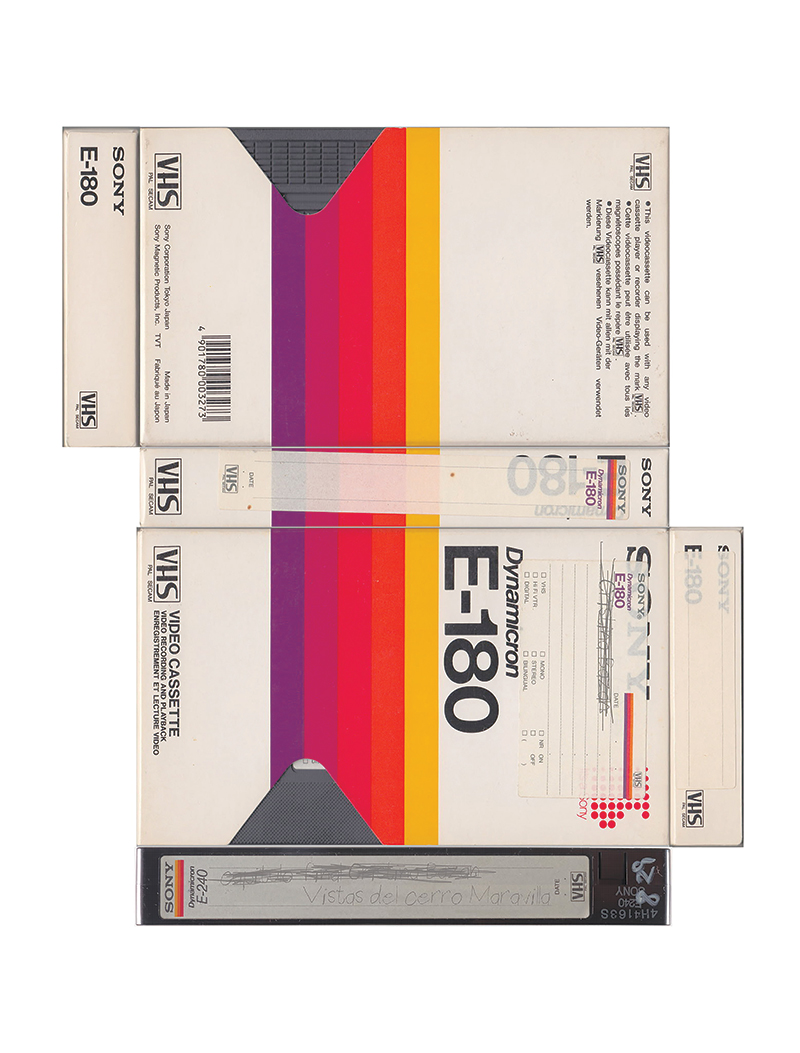The Inaugural Chicago Architecture Biennial

By MARY DEYOE
Chicago has a long history of innovation in architecture. A city of many firsts and many greats – the skyscraper, Mies van der Rohe— it has continued to push boundaries and lead the way in experimentation. It is fitting then for the city to present The Chicago Architecture Biennial, which will be the largest survey of international architecture ever in North America.
Running from October 3, 2015 through January 3, 2016, and featuring work by more than 60 international participants with full-scale installations, exhibitions and programs, the Biennial provides a dynamic forum to explore the significant role that architecture plays in contemporary society, as well as for leaders in the field to put forth their visions and expectations for the future.

The Biennial itself is spread throughout the city. The Cultural Center will act as the main hub, and other locations include Millennium Park, Water Tower Galleries, Stony Island Arts Bank, and The Graham Foundation, which along with The City of Chicago and BP, is a presenting partner. Sarah Herda, The Director of the Graham Foundation and a professor in the School of Architecture at UIC, is a Co-Artistic Director.
The theme for the Biennial’s inaugural year is “The State of the Art of Architecture,” which was taken from a 1977 conference that brought together America’s leading designers. The conference was organized by architect Stanley Tigerman, who is a member of the Biennial’s international Advisory Committee along with architecture powerhouses Frank Gehry, Jeanne Gang and David Adjaye.
“The state of the art of architecture is something that’s indeterminate,” said Co-Artistic Director, Joseph Grima, an architect, writer and editor based in Genoa, Italy. “We left the title as open-ended as we could, in the hopes that future editions will be less referential to the past and more open-minded to the present.”


Of course the title also opens the door to questions about the often blurred line between the disciplines of architecture and art, and that conversation will be on view at both the MCA and the Art Institute with exhibitions running concurrently with the Biennial.
Open through January 31, the MCA’s Chicago Works: Ania Jaworska is the first in this series to present the work of an architect. Jaworska, who is a lecturer at both the School of the Art Institute and UIC, explores, often with humor and irony, the relationship between the built environment and society. The exhibition will feature two projects in process. The architectural elements – arches, gates, and signs – act, at once, as pieces of art as well as suggestions for what could be complete built structures. The viewer is left to accept the pieces as they are, as well as fill in the missing gaps.
Also on view during the Biennial is the first comprehensive museum survey of the work of British architect David Adjaye. The Art Institute’s Making Place: The Architecture of David Adjaye runs September 19 through January 3, 2016, and focuses on Adjaye’s unique approach to design. Adjaye, who was born in Tanzania and lived in Africa in his early childhood, is less concerned with establishing a signature style than focusing on the needs of each individual project. Adjaye designs emphasize a strong response to the history, local needs and concerns of an environment. His public projects can be found across the globe including in the UK, Ghana, Qatar, Russia and the US. With community always at the core of his work—Adjaye is interested in creating links between people and exploring the evolution of a place—it is fitting that Adjaye is a member of the Biennial’s inaugural Advisory Committee as well as serving on the jury of the Lakefront Kiosk Competition.
One of the Biennial’s most visible components, the Lakefront Kiosk Competition invited artists and architects from around the world to submit proposals for a new structure that would sit along Lake Michigan’s shore. The jury reviewed over 400 submissions from more than 40 countries, and selected a design by Rhode Island-based Ultramoderne. Its design, Chicago Horizon, will be placed along the lakeshore in Spring 2016. Until then, it will be on display in Millennium Park with three other kiosks that will also ultimately be placed along Lake Michigan. These three designs are the collaborations between Chicago architecture schools and international architects.
In addition, the Biennial has partnered with more than 90 organizations in the city and region to offer public programming that will run for the entire three-month period.
“The public nature of the event was one of our highest priorities,” said Herda. “Architecture is not only for architects. Everyone experiences architecture—whether good or bad—everyday. The public rarely has access to an architect’s work until after a building is finished. The Biennial will offer a rare opportunity for the public to engage the ideas that shape the designed environment - the spaces they themselves live and work in.”
The local partnerships, which include Theaster Gates’ Rebuild Foundation, also bring attention to the city itself. While the Biennial addresses global issues, it is keen to recognize the importance of its home. When architects, designers, artists, writers and a host of others arrive in Chicago between October and January, they will encounter not only the state of architecture, but the art of Chicago itself on display.
All exhibitions and programs of the CAB are free and open to the public.
October 3-January 3, 2016
Editor's Picks
Related:






